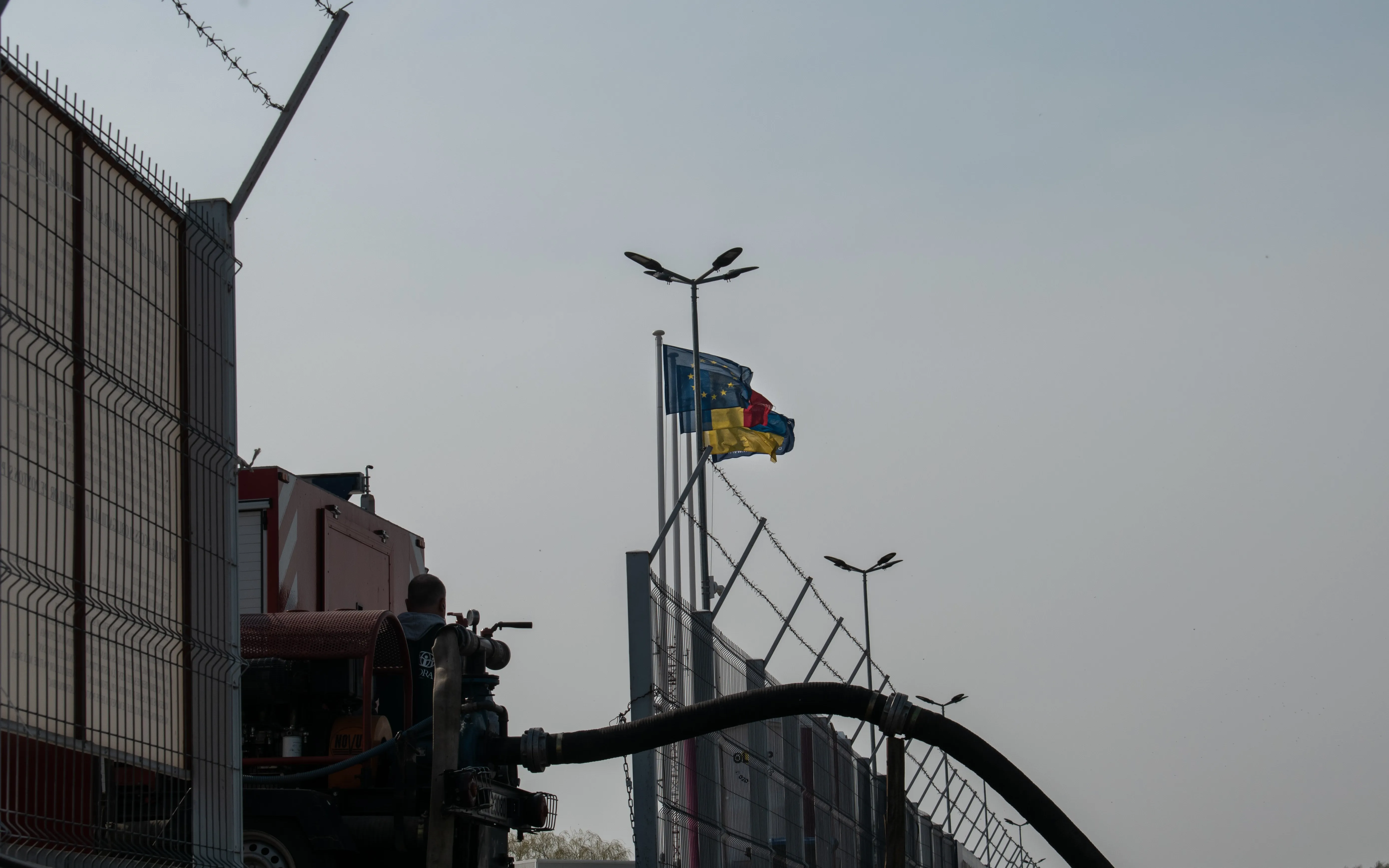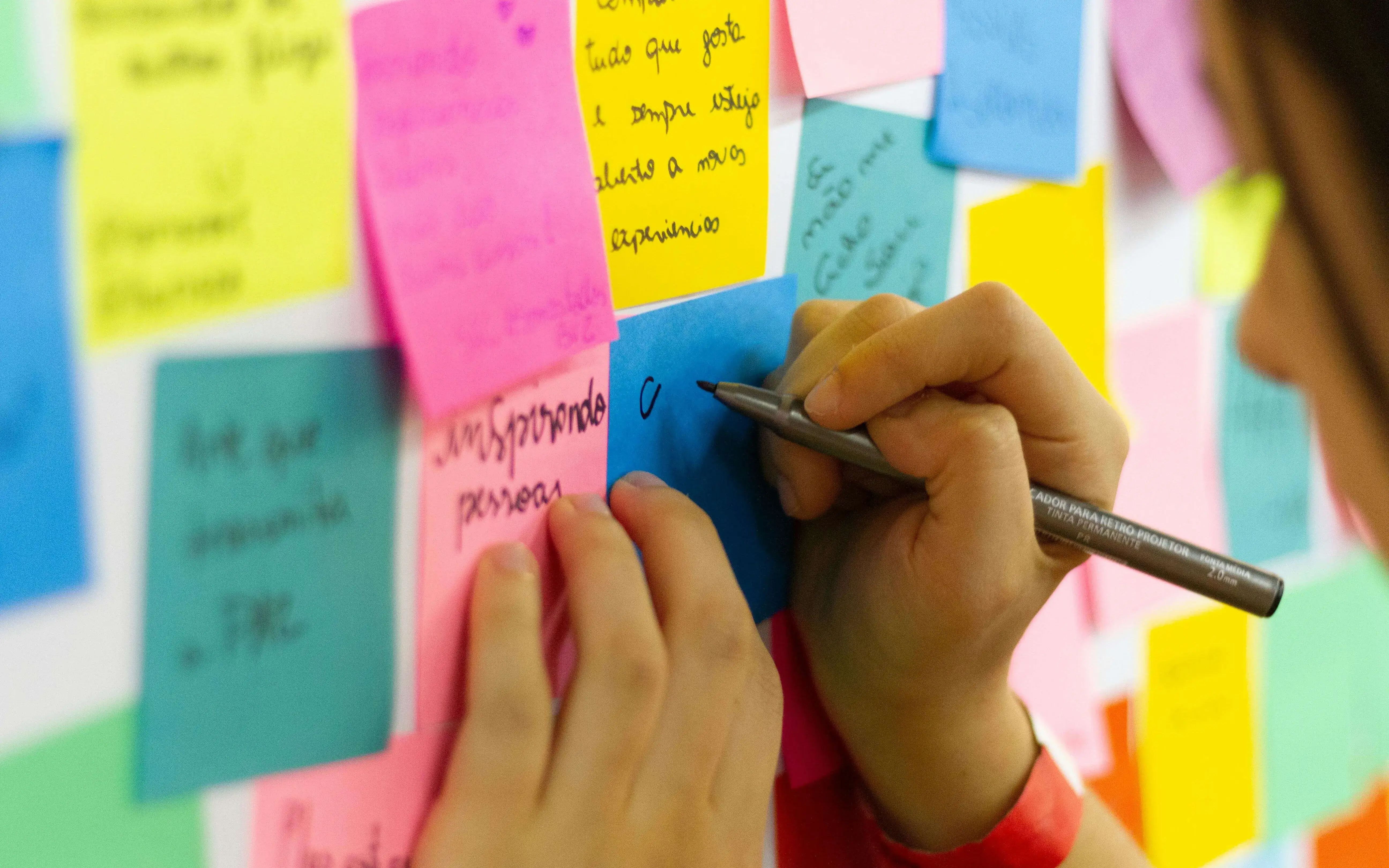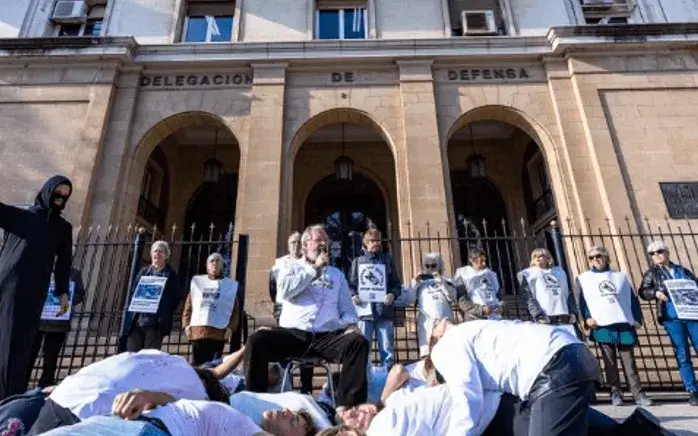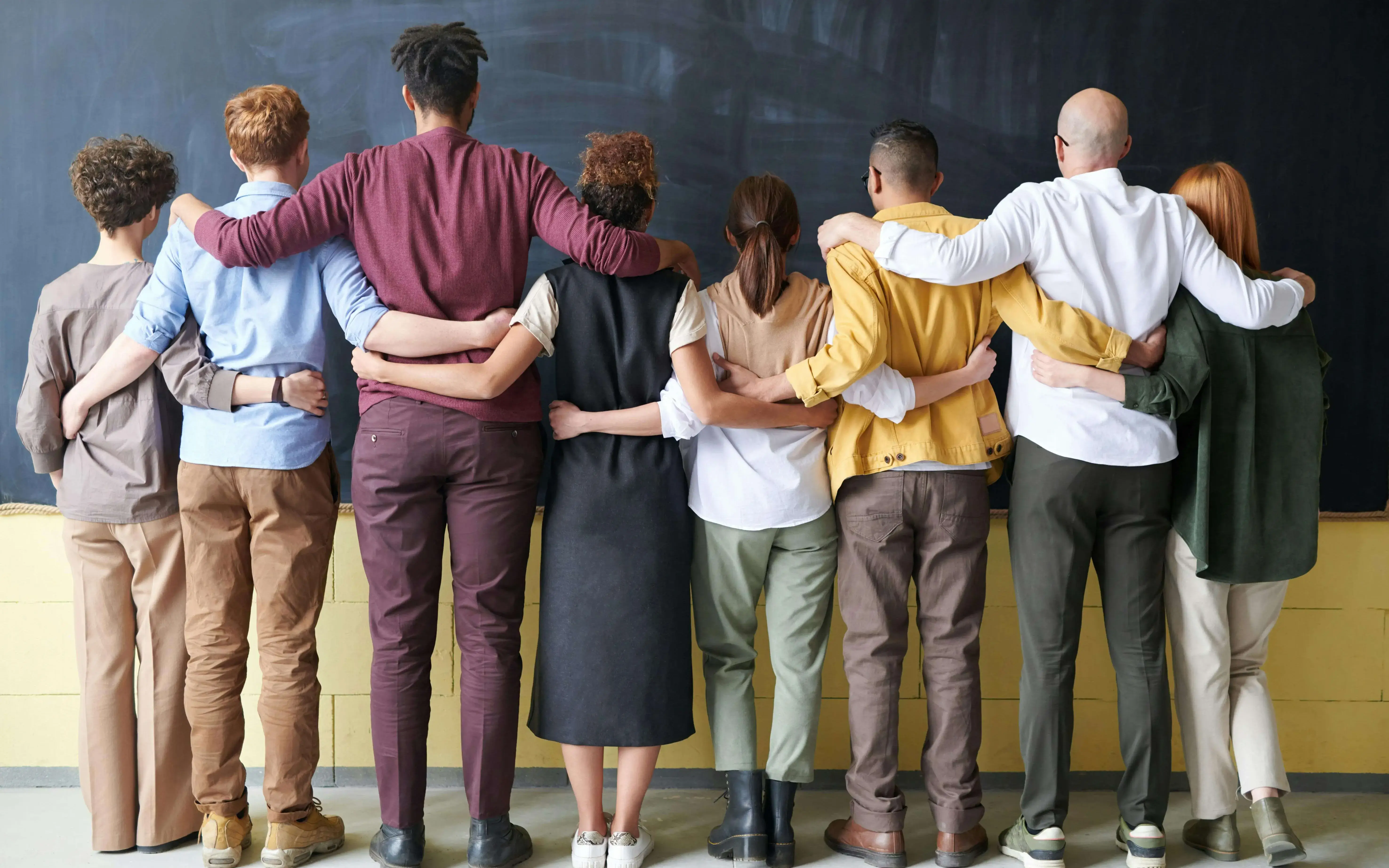Ciaran O’Donnell, Policy and Project Officer from Eurochild, Stela Grigoras and Ina Verzivolli from UNICEF ECARO tell us about the circumstances these children live since they are “very varied and their challenges manifold”.
This piece is based on the article published by Eurochild in which O'Donnell explains the two analyzes that have been carried out to support the efforts of the EU and the Ukrainian government to ensure the care of children arriving from Ukraine unaccompanied, separated from their families or placed in alternative care.
As O’Donnell notes thanks to the latest May 2022 UNICEF data, approximately 12,000 unaccompanied and separated children have fled from Ukraine and arrived in EU countries as of end of May 2022.
Grigoras, Verzivolli and O’Donnell, shared that some of these challenges that are further outlined in Child Circle’s Discussion Paper on guardianship, care arrangements and custodial responsibilities for unaccompanied and separated children fleeing Ukraine and arriving in the European Union, produced alongside Eurochild & UNICEF ECARO’s 13 country analysis.
A significant number of children are arriving in the EU without either of their parents or an adult who has been formally assigned legal responsibility for them.
Their circumstances are often more complex than those of the unaccompanied children who have sought asylum in the EU in recent years. Their core characteristics are also more varied. For example, many more of them are girls than is usual in the groups of children fleeing from other conflict situations. The age range is also broader including many unaccompanied and separated children, who are much younger than the teenagers who are typically seeking asylum in the EU.
There are a large number of children with physical, psychiatric and educational special needs, who have previously been in institutional care.
There are groups of children whose needs also arise from their being part of Roma or Jewish communities and the racism and discrimination this may attract.
There are also likely to be a greater number of children who are already being controlled by international criminal gangs before they cross the border or who will fall into the hands of such gangs within the EU.
Initially, border officials reportedly did not have the capacity to register all Ukrainians arriving properly. For this reason and others, it is very likely to be difficult to keep track of the location of many unaccompanied and separated children until they are registered in destination countries for the purposes of the Temporary Protection Directive or other similar statuses, apply for international protection or otherwise come to the attention of national child protection authorities. In the meantime, children may be at risk of going missing and/or becoming trafficked and exploited.
Some children may be travelling on their own, having lost their parents or because their parents have elected to remain in Ukraine to protect their communities from further attacks. There will also be children between the ages of 16 and 18 who were permitted by the Ukrainian authorities to leave Ukraine on their own and who may avoid contact with the child protection system in their first country of reception, fearing that they may become blocked from moving onwards.
Some states, such as Ukraine, recognise a range of legal capabilities at the age of 16, but the UNCRC, the EU and the Council of Europe expect states to treat those aged between 16 and 18 as children for child protection purposes. In practice, this may mean that, if identified, these adolescents, who may also be lacking documentation, will be treated as unaccompanied children and may face challenges and delays in continuing their journey to safety and protection without a legal pathway supported by the child protection authorities in the two countries concerned.
Unaccompanied children arriving on their own in particular will need a trauma-informed assessment in order to ascertain their identity, their needs and vulnerabilities, both obvious and hidden. It should also be acknowledged that they are unlikely to be able to articulate the totality of their needs and trauma without the assistance of a guardian.
Many children may be travelling with adults who are not their parents and in these situations, it can prove difficult to identify these children as being separated from their primary caregivers and to mitigate risks to them.
Many may have arrived without formal guardianship arrangements in place, but may have a notarised authorisation from both or one parent to travel with another adult. Moreover, as time passes, the arrangements put in place by a parent(s), which may have been envisaged to be temporary or limited in their scope, may also become unsustainable or inappropriate.
There will also be children travelling in groups from state or religious institutions. In such cases, it may be necessary to ascertain what legal responsibility the adults travelling with them bear as individuals for children in their care, as the children are also likely to be the “wards” of a national, regional or local authority or even private organisation and, in such cases, the accompanying adults may be caregiving staff, rather than have legal or parental responsibility for them.
It is possible for an adult to acquire legal responsibility for a child but not yet parental responsibility (for example, in Ukraine shared parental responsibility between the state and a parent is common). In most of the cases, these adults will be authorised guardians or will have notarised permission to travel with the children. Both of these may expire after a period of time.
Child Circle and UNICEF ECARO are exploring these challenges further in an in-depth analysis that that will be concluded later this year.
Meanwhile, for those who are interested, Child Circle and KIND Europe have further outlined some of the key areas in their Note on unaccompanied children fleeing from Ukraine.







Add new comment